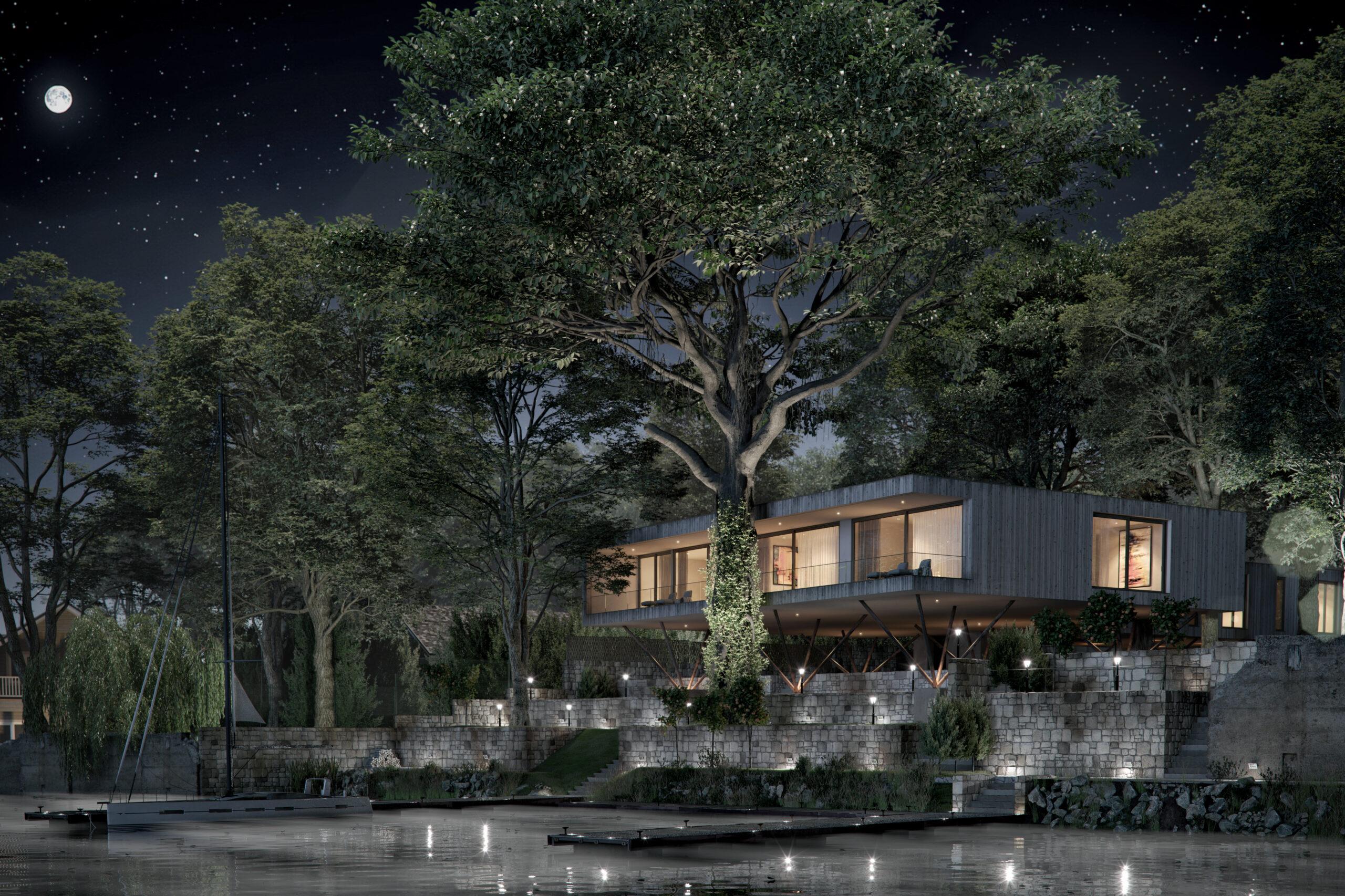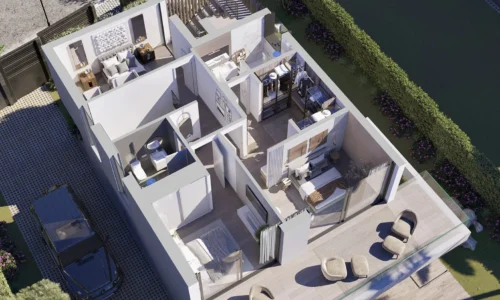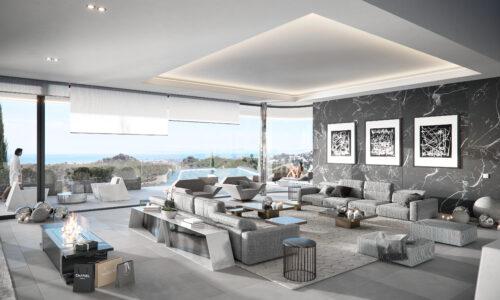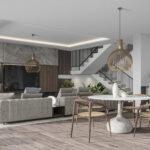
Mastering 3D Visualization Workflows: Expert Insights
- Yissel Álvarez
- October 24, 2023
- 3D Design
- 0 Comments
In the dynamic world of 3D visualizations, the process of transforming an idea into a stunning, immersive project is a journey that requires finesse, skill, and collaboration. We sat down with a seasoned 3D visualization artist to gain insights into their typical workflow and glean valuable tips for aspiring creators.
Could you describe your typical workflow when creating a 3D visualization, from idea conception to final project delivery?
ZenitVisuals: Our workflow commences with the conception of the idea or concept we want to convey through the 3D visualization. This involves defining the composition, focusing on key elements, and planning the visual narrative. Next, we move on to the modeling phase, where we create the necessary objects and elements for the scene. We then apply textures and realistic materials to bring the models to life. The lighting stage is crucial for setting the ambiance and tone of the visualization. Following that, we fine-tune the cameras and perspectives to capture the best angles and framing. Finally, we proceed to render the scene and, if necessary, make final adjustments in post-production software to achieve the desired outcome. The process concludes with the delivery of the final project to the client.
The process of creating 3D visualizations often involves working with various software and tools. What are the main applications you use, and how do they complement each other in your workflow?
ZenitVisuals: In our workflow, we typically use software such as 3ds Max for modeling, applying textures, and generating materials, and rendering software like V-Ray or Corona for photorealistic imagery. For dedicated real-time image generation for virtual reality or virtual tours, we use D5 Render or Unreal Engine. These applications complement each other by allowing a smooth transfer of assets and data. For example, models created in 3ds Max can be easily exported to D5 or Unreal for texture application, and then textured models are used for generating 360-degree images. Optimization is crucial to achieving efficient performance in 3D visualizations, especially in complex projects.
What strategies do you employ to optimize your models and scenes without compromising visual quality?
ZenitVisuals: Optimization is crucial to achieving efficient performance in 3D visualizations. We use techniques like Level of Detail (LOD) to reduce polygon load on distant objects, texture optimization to strike a balance between quality and performance, and geometry simplification in non-frontal areas. Furthermore, we leverage rendering technology to optimize lighting and shading calculations. We always conduct thorough testing to ensure optimal performance without sacrificing visual quality.
3D visualizations can often be a collaborative process involving various professionals like modelers, texture artists, and lighting experts. How do you approach collaboration and effective communication in a team setting?
ZenitVisuals: In a team setting, communication is paramount. We utilize online collaboration platforms to share progress and resources with other team members, such as modelers, texture artists, and lighting experts. Additionally, we hold regular meetings to discuss progress, resolve issues, and ensure that everyone is aligned with the project’s vision. Using project tracking and management tools also helps maintain a steady workflow and ensures everyone is on the same page.
Iteration is key to perfecting any creative project. How do you handle revisions and adjustments in your 3D visualization workflow to meet client or project expectations?
ZenitVisuals: Iteration is critical in the 3D visualization process. When revisions or adjustments are presented, we approach them systematically. We understand the client’s or team’s requests and then make the necessary changes to the model, textures, lighting, and other aspects. We always seek a balance between meeting expectations and providing our creative expertise. We maintain constant communication throughout this process to ensure the project aligns with what is expected.
Iteration is key to perfecting any creative project. How do you handle revisions and adjustments in your 3D visualization workflow to meet client or project expectations?
ZenitVisuals: In our projects, we seek a balance between realism and artistic creativity. It’s essential to understand the purpose of the visualization: is it a faithful representation of reality or an artistic interpretation? We use photographic and real-life references to capture authentic details but also incorporate creative elements to add a unique touch. Experimenting with lighting, composition, and visual effects can enhance aesthetics without compromising fidelity to the subject. We always draw inspiration from various sources and explore different approaches to achieve an exceptional result.
Read this article: How to Use 3D Visualization to Effectively Communicate Architectural Designs
If you need assistance with your architectural project and require visualization services, please feel free to contact us for further information.
Related Posts

- Alejandro Postigo
- September 24, 2024
3D Infographics: What They Are and Why They Are Useful for Your Business
At Zenit Visuals, we will explain exactly what 3D infographics are and why you should consider ..

- Yissel Álvarez
- July 4, 2023
Luxury 3D House Renders: Enhancing Architectural Visualization
When it comes to luxury houses, 3D renders offer the best way to present projects and sell prop ..

